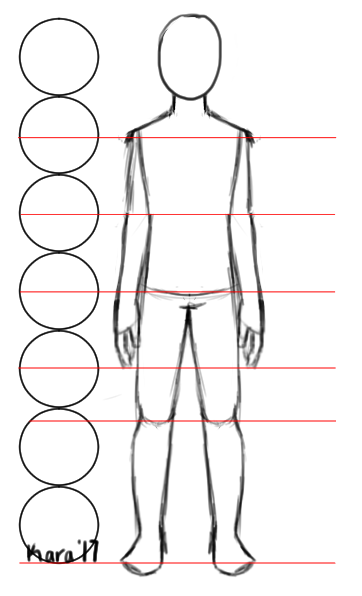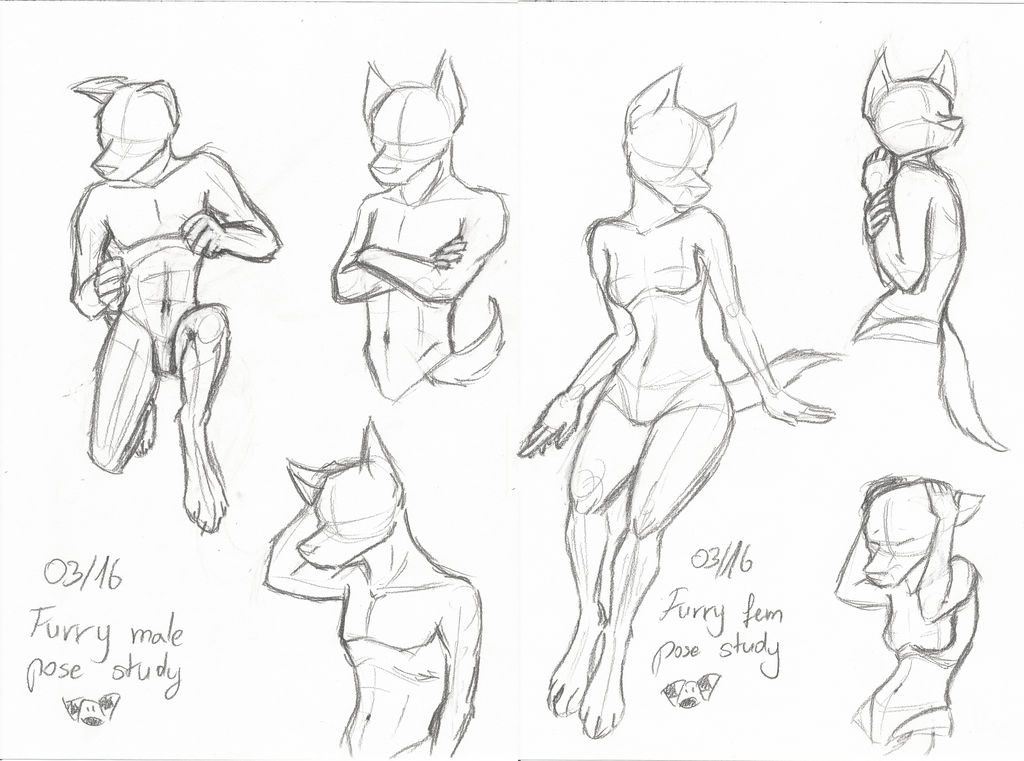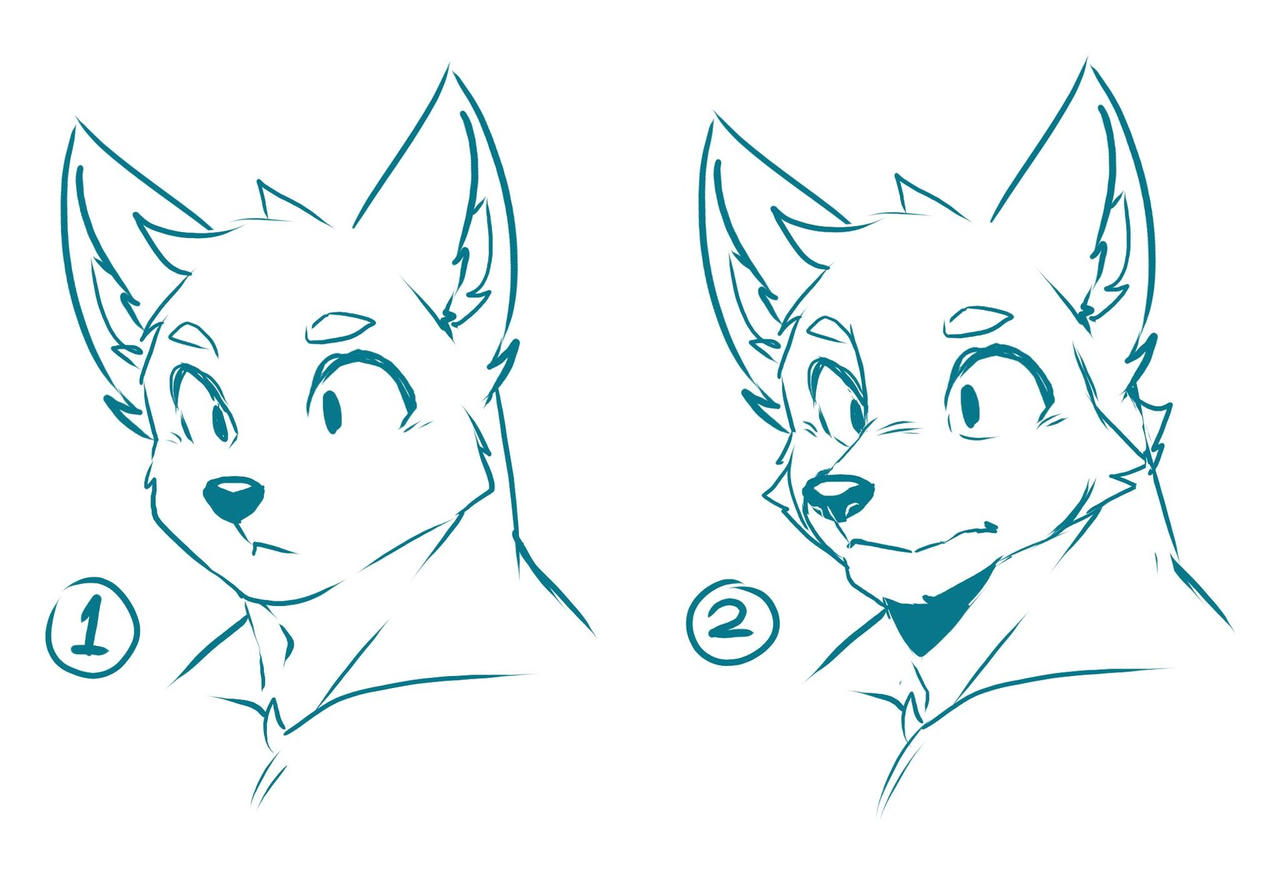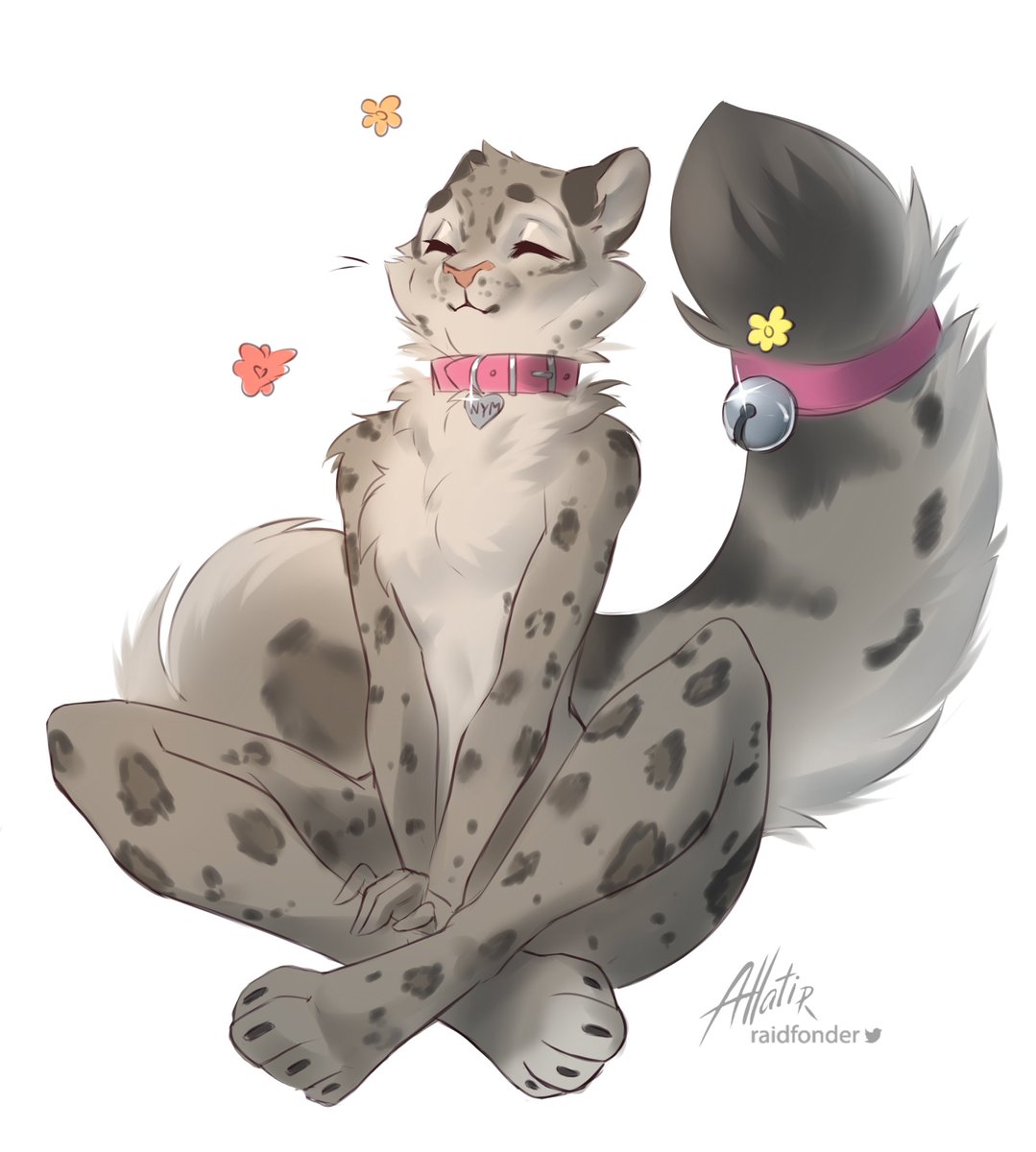
Introduction
Drawing fursonas can be a fun, creative way to express yourself, but it can also feel overwhelming for beginners. Finding the right balance between animal and human anatomy, along with mastering poses, is key to bringing your furry characters to life. Whether you’re just starting out or looking to sharpen your skills, this guide will help you understand the basics of drawing furry poses and proportions.
Understanding Basic Anatomy
To start, it’s essential to have a good grasp of basic anatomy, both human and animal. Furries combine characteristics from both, so learning how each works will help you create characters that feel natural and dynamic.
Human anatomy forms the foundation for most furry characters, so it’s a good idea to start here. Try simplifying the body into basic shapes—cylinders for limbs, circles for joints, and rectangles for the torso. This will help you sketch out poses and proportions more easily.
- Tip: Practice drawing basic human poses by using free resources like QuickPoses to get used to different angles and movements.
When it comes to animal anatomy, think about the specific traits of your fursona’s species. Is your fursona agile and lithe like a fox, or bulky and powerful like a bear? Studying how animals move and stand will inform how you design your character. For example, animal legs often bend differently than human legs, and tails may affect balance and posture.
- Resource: Sites like Line of Action can help you find references for both human and animal anatomy, giving you a better sense of how to blend them together.

Examples of Sketching Different Animal Anatomies
Image via Concept Design Academy
Proportions: Finding the Right Balance
One of the trickiest parts of drawing furries is getting the proportions right. Too much emphasis on either human or animal features can throw off the overall balance. So how do you blend the two seamlessly?
Start by focusing on the head-to-body ratio. Most anthro furries follow a human-like ratio, typically a 1:7 or 1:8 head-to-body proportion. This means the body is about seven or eight heads tall. For beginners, it’s helpful to stick to these common proportions before experimenting with your own unique styles.
Another important consideration is limb length. Many furry characters will have limbs that resemble human proportions, but their paws, claws, or hooves may be exaggerated to reflect their animal traits. If your fursona has long, animal-like legs, consider how this might affect the rest of their body shape.
- Things to Keep in Mind:
- The size and position of ears, tails, and paws should complement the overall design.
- Keep features like snouts or muzzles in proportion with the size of the head, so they don’t overwhelm the face.

Example of How To Draw Accurate Body Proportions
Image via Wikihow
Poses: Bringing Your Fursona to Life
Getting the pose right is crucial for making your character feel alive. Start with simple, static poses, like standing or sitting, to get comfortable with anatomy and balance. As you gain confidence, move into more dynamic poses—running, jumping, or even fighting.
One method to create natural-looking poses is gesture drawing. This involves quickly sketching the overall flow of a pose in a few lines, without focusing on details. Gesture drawings are great for capturing movement and energy, especially in action-heavy poses.
Another helpful trick is to use stick figures or “wireframes” when planning out more complex poses. This allows you to map out the angles and movement of the body before adding in the details like fur, muscle, or clothing. Think of it as building the skeleton of your character before you flesh it out.
Posing also relies heavily on understanding balance. For example, a fursona standing on two legs will distribute weight differently than one crouching or sitting on all fours. Consider the character’s posture and how the position of their tail or limbs might change to maintain balance.

Examples of Different Furry Pose Sketches
Image via DeviantArt
Anthro vs. Feral: Adjusting Poses and Proportions
Furry characters typically fall into one of two categories: anthro (anthropomorphic) or feral (quadrupedal). The distinction between these two forms is essential when it comes to drawing poses and proportions, as each requires a different approach.
Drawing Anthro Characters
Anthro characters are human-like in posture and movement, typically walking on two legs and interacting with the world much like a human would. Because of this, anthro characters generally follow human proportions and body shapes.
- Human Proportions: As we mentioned earlier, most anthro furries stick to the 1:7 or 1:8 head-to-body ratio. This gives your character a human-like appearance while still allowing for animal traits like tails, fur, or snouts.
Posing anthro characters often feels similar to drawing humans, with a few adjustments for their animal features. For example, a wolf fursona might stand tall but have digitigrade legs (legs that bend differently at the ankle, like many animals do). These slight differences can add a lot of character to your drawings.
Consider: How would an anthro character’s animal traits affect their posture? A fursona with large wings might stand differently to balance the weight, while one with a long tail may use it for extra support when sitting or crouching.

Illustration Highlighting the Different Types of Fursonas There Are
Image via Furaffinity
Drawing Feral Characters
Feral characters, on the other hand, resemble actual animals and typically move on all fours. This requires a deeper understanding of animal anatomy and movement.
When drawing feral poses, pay attention to the skeletal structure of your chosen animal. For example, a cat or dog fursona will have a much different stance than a horse or reptile. Focus on how the back legs bend, how the spine curves, and how the animal’s weight is distributed. A common challenge for beginners is getting the proportions right between the front and back legs or understanding how feral characters carry their weight when running or sitting.
- Pro Tip: Study photos of real animals to see how their bodies bend and move in different poses. Websites like Pixabay offer free reference photos that can be extremely helpful when sketching feral poses.
Balancing anthro and feral styles is one of the most creative aspects of drawing fursonas, and you can mix these elements to create a hybrid style. A fursona that shifts between anthro and feral forms, for example, can add an interesting twist to your designs.
Drawing Expressive Faces
Bringing personality into your fursona’s face is essential to making them feel alive. The eyes are the most expressive feature, and they’re key to capturing emotions like happiness, sadness, or surprise. For a deeper dive into how to perfect furry eyes, be sure to check out our How to Draw Furry Eyes article.
When it comes to snouts and muzzles, the shape affects how expressions come across. For instance, a wide, short muzzle can show a big grin, while a longer snout may require subtler mouth shapes. Ears and tails also play a major role in expressions—flat ears can show fear, while a raised tail can convey excitement.
To fully express your fursona’s emotions, try combining facial expressions with body language, like adding a wagging tail or perked-up ears to emphasize happiness.

Example of an Expressive Fursona Face
Image via DeviantArt
Practice and Improvement
The key to mastering furry poses and proportions? Practice, practice, practice! No one becomes an expert overnight, and improvement comes with time, repetition, and dedication. Start small, sketching simple poses and characters regularly, and challenge yourself to try new angles and dynamic movements as you grow more comfortable.
- Set Small Goals: Begin with basic standing poses, then move on to sitting, jumping, or running. Don’t worry about perfection—focus on progress.
- Daily Sketches: A great way to build your skills is through daily sketch sessions. Even spending 10-15 minutes a day practicing poses, proportions, and expressions will show results over time. You can also try online prompts or sketch challenges to keep things fun and motivating.
- Seek Feedback: Share your art with other furry artists or in online communities. Constructive feedback can help you spot areas to improve while also boosting your confidence as your skills evolve.
Remember, every artist’s style is unique, and part of the fun is watching your fursona designs evolve over time.

Completed Furry Art Piece
Image via X
Conclusion
Drawing furry poses and proportions might feel challenging at first, but with practice and a solid understanding of anatomy, you’ll start to see real progress. Whether your fursona walks on two legs or runs on all fours, the balance between human and animal features will become second nature as you continue to draw. Remember to keep experimenting with expressions, body language, and poses to make your characters truly unique.
Most importantly, enjoy the process. Your fursona is a reflection of your creativity and personality, so don’t stress about getting everything perfect right away. With time, you’ll develop your own style, and your characters will come to life in ways you never imagined.
Happy drawing, and keep creating!






